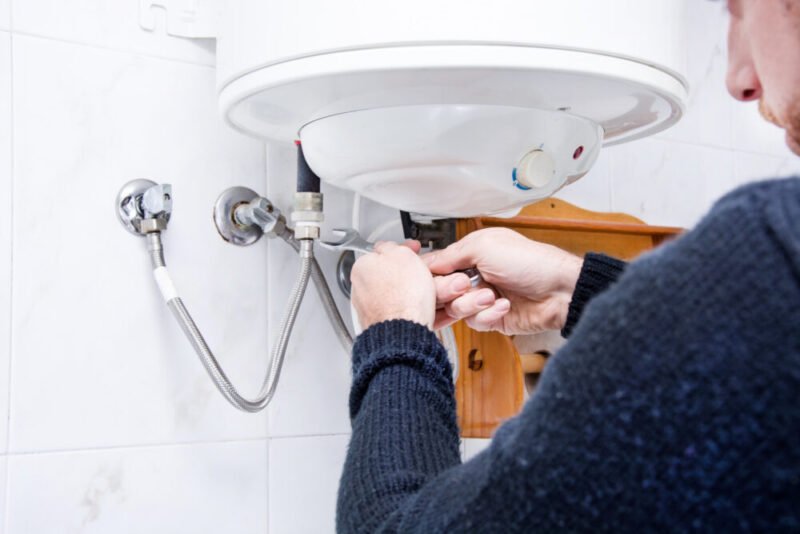⚡ Electric Water Heater Installation: Key Points to Remember
“Learn important safety tips and key points to remember while installing an electric water heater. Ensure safe, efficient, and long-lasting use.”
Installing an electric water heater (or geyser) may seem straightforward, but ignoring small details can lead to safety hazards, high energy bills, or frequent breakdowns. This guide highlights the key points to remember while installing an electric water heater to ensure safety, efficiency, and durability.
1. 🏠 Choose the Right Location
- Install the heater on a strong wall that can bear the weight of the tank filled with water.
- Maintain a height of 6–7 feet from the floor for better water flow.
- Keep the unit away from electrical outlets and direct water splashes.
- Avoid damp corners to prevent rust and moisture damage.
2. ⚡ Ensure Proper Electrical Setup
- Use a dedicated electrical circuit for the heater to prevent overloading.
- Install a Miniature Circuit Breaker (MCB) for protection against short circuits.
- Always connect the unit with proper earthing/grounding to avoid electric shocks.
- Confirm wiring capacity (most heaters require wiring of Min 4 sq mm to 6 sq mm).
3. 🚰 Plumbing Considerations
- Use heat-resistant inlet and outlet pipes.
- Install a safety valve or non-return valve to control water pressure and prevent backflow.
- Check all pipe joints and connections for leaks before switching on the heater.
- Keep valves and joints accessible for maintenance.
4. 🔩 Mounting & Support
- Use heavy-duty wall plugs and bolts to mount the geyser securely.
- If the wall is weak or made of plywood/false partition, use an extra support frame.
- Ensure the heater is mounted in a vertical or horizontal position as specifed by the maker for even water flow.
5. 💧 Monitor Water Pressure
- Match your home’s water supply pressure with the heater’s recommended range.
- High pressure can damage the storage tank; low pressure can affect performance.
- Install a pressure reducing valve if your area has high water pressure.
6. 🛡️ Safety First
- Never switch on the heater before filling the tank with water.
- Avoid touching the appliance with wet hands.
- Keep children away from direct contact with the unit.
7. 🌬️ Ventilation & Clearance
- Install the heater in a well-ventilated bathroom or utility area.
- Leave sufficient clearance space around the unit for easy servicing.
8. 🧪 Test Before First Use
Fill the tank completely before switching on the heater. Never power it on when empty.
Open the hot water outlet tap and allow water to flow until at least 100% of the geyser’s capacity is released once. This ensures that all air bubbles inside the tank are removed and the heating element is fully submerged.
Check all connections for leaks and confirm smooth water flow.
Switch on the heater only after the tank is completely filled and air-free.
- Run it for a few minutes to ensure stable heating and proper flow.
9. 🛠️ Regular Maintenance Tips
- Drain and clean the tank every 6–12 months to remove sediment.
- Inspect wiring and plumbing connections periodically.
- Schedule annual servicing with a professional to extend lifespan.
✅ Conclusion
Installing an electric water heater safely requires more than just connecting pipes and wires. By paying attention to location, wiring, plumbing, pressure management, and safety measures, you can enjoy hot water without worries. For long-term performance and peace of mind, always consult a licensed electrician or plumber.

